Japan In August 2010: Up 46.7 Percent, And This Is The End

Japanese citizens raced to showrooms in August and bought cars as if they are going out of style. Domestic sales of new cars, trucks and buses increased 46.7 percent from the same month in the year prior. There is a reason to this: Cars will be going out of style in Japan any moment now …
Currently, demand is being propped up by government incentives for “fuel efficient cars” – which is pretty much anything that is street-legal in Japan. This program will officially end on October 1. However, rumors are making the rounds that the Japanese government may stop taking applications earlier. In any case, October will definitely be the end of rising car sales in Japan. If you’ve ever seen a pull-forward effect, then this is it. Anybody who’s remotely thinking of buying a car in Japan is buying now and not after the end of the month. ( There will be a few additional months for diesels and electric vehicles.)
Japanese sales have risen the 13th straight month, according to Japan Automobile Dealers Association data published by The Nikkei [sub]. 290,789 vehicles changed hands in August, up from 198,265 vehicles in the same month in the previous year. This number excludes minivehicles.
CNBC has minivehicles rising by 21.7 percent to 134,197 units. This works out as a total of 424,986 units sold, up 37.7 percent.
Shares of major Japanese automakers had a mixed reaction to the glad tidings.
The Honda share crept up a bit, buoyed by the news that Honda’s domestic sales were up 61.3 percent in August, outperforming the market.
The Toyota share continued its fall, pulled down by worries about a still strengthening Yen and the end of the government subsidies, along with the fact that Toyota sales (+43.1 percent) slightly underperformed the market.
Domestic Automobile Sales Japan August 2010
UnitsChangeToyota Motor13247143.1%Nissan Motor 4485744.6%Honda Motor 5019561.3%Mazda Motor 2164159.8%Mitsubishi Motors 664547.0%Suzuki Motor 44444.0%Fuji Heavy 620970.6%Imports1971674.9%Excluding minivehicles. Data by Reuters
Bertel Schmitt comes back to journalism after taking a 35 year break in advertising and marketing. He ran and owned advertising agencies in Duesseldorf, Germany, and New York City. Volkswagen A.G. was Bertel's most important corporate account. Schmitt's advertising and marketing career touched many corners of the industry with a special focus on automotive products and services. Since 2004, he lives in Japan and China with his wife <a href="http://www.tomokoandbertel.com"> Tomoko </a>. Bertel Schmitt is a founding board member of the <a href="http://www.offshoresuperseries.com"> Offshore Super Series </a>, an American offshore powerboat racing organization. He is co-owner of the racing team Typhoon.
More by Bertel Schmitt
Latest Car Reviews
Read moreLatest Product Reviews
Read moreRecent Comments
- V8fairy Not scared, but I would be reluctant to put my trust in it. The technology is just not quite there yet
- V8fairy Headlights that switch on/off with the ignition - similar to the requirement that Sweden has- lights must run any time the car is on.Definitely knobs and buttons, touchscreens should only be for navigation and phone mirroring and configuration of non essential items like stereo balance/ fade etc>Bagpipes for following too close.A following distance warning system - I'd be happy to see made mandatory. And bagpipes would be a good choice for this, so hard to put up with!ABS probably should be a mandatory requirementI personally would like to have blind spot monitoring, although should absolutely NOT be mandatory. Is there a blind spot monitoring kit that could be rerofitted to a 1980 Cadillac?
- IBx1 A manual transmission
- Bd2 All these inane posts (often referencing Hyundai, Kia) the past week are by "Anal" who has been using my handle, so just ignore them...
- 3-On-The-Tree I was disappointed that when I bought my 2002 Suzuki GSX1300R that the Europeans put a mandatory speed limiter on it from 197mph down to 186mph for the 2002 year U.S models.
















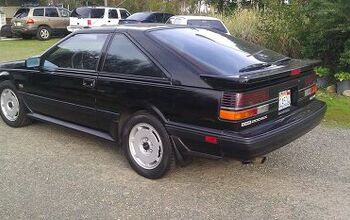
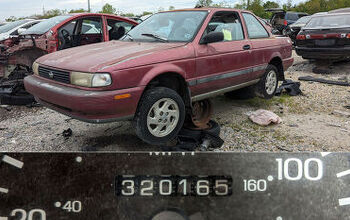

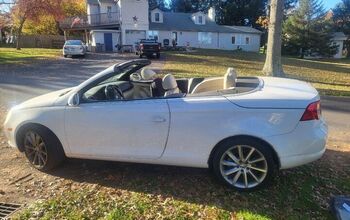

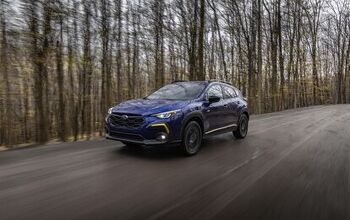

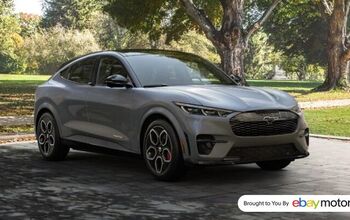
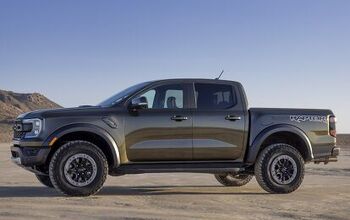
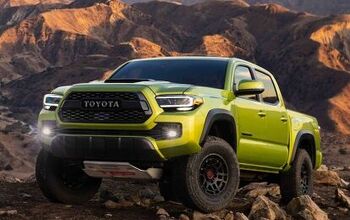
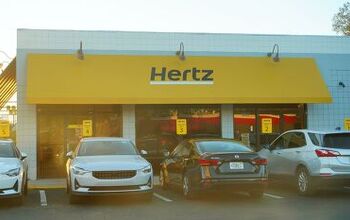
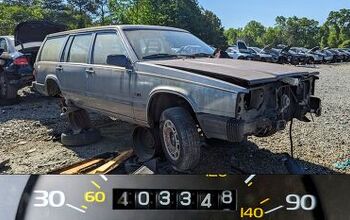




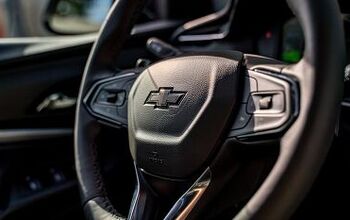
Comments
Join the conversation
Honda has a much great proportion of its production base outside Japan than Toyota does, hence investors view Honda as not being as sensitive to a rising yen as Toyota is. As an aside, why isn't Honda the second row in that table?
I don't get why 'minivehicles' (kei cars?) are excluded...they're fuel efficient, right?